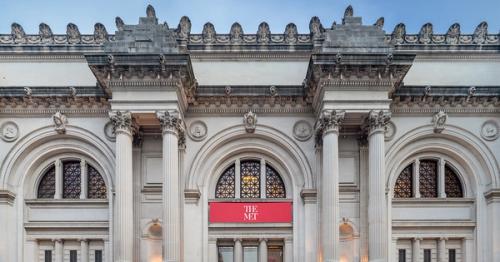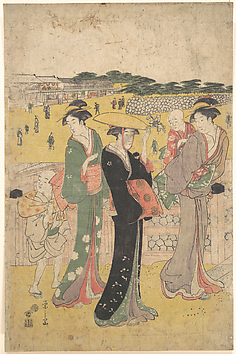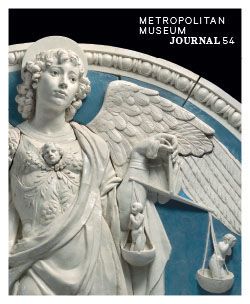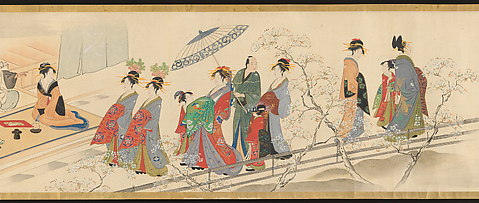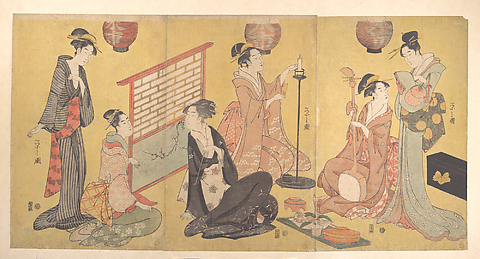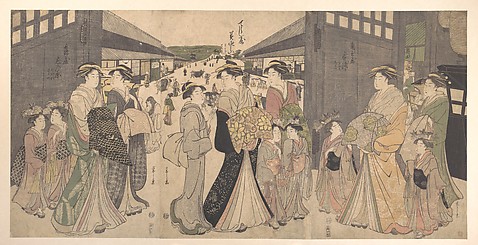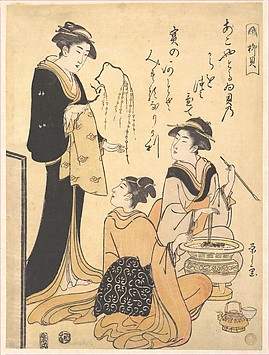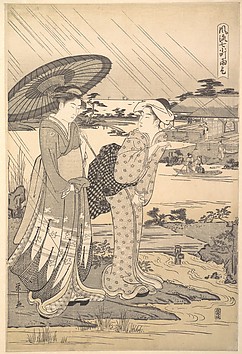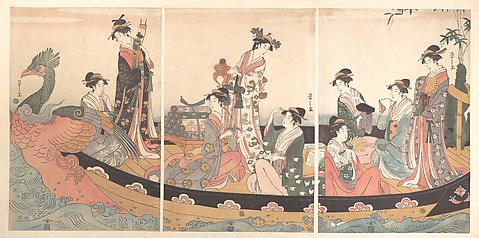The limestone reliefs termed "Lisht Blocks" presented in this volume were found by the Metropolitan Museum's Egyptian Expedition, which was active at Lisht from 1906 to 1934. They had been removed from earlier, probably already dilapidated, buildings by Amenemhet I, founder of the XII Dynasty, and used in the construction of his own pyramid and funerary temple. With the passage of time both pyramid and temple fell into disrepair; these blocks became accessible, as they had been placed near the surface of the pyramid, in the lining of its corridors, and in the foundations of the temple. When the excavation of the northern part of the site was concluded in 1922, the work of publishing the Lisht Blocks was undertaken by Caroline Ransome Williams; Lindsley Foote Hall made the line drawings that appear in the present volume under Mrs. Williams's direction. Mrs. Williams, however, found it necessary to retire before the completion of the work. The project was revived when William C. Hayes became Curator and entrusted the publication of the blocks to Hans Goedicke. Dr. Goedicke has divided the reliefs into two groups, those antedating, or probably antedating, Amenemhet I, and those contemporary with him or later. Only the first group is treated here. The importance of the Lisht Blocks is universally recognized by Egyptologists, and it is gratifying that these unique antiquities are, in this publication, becoming generally available.
